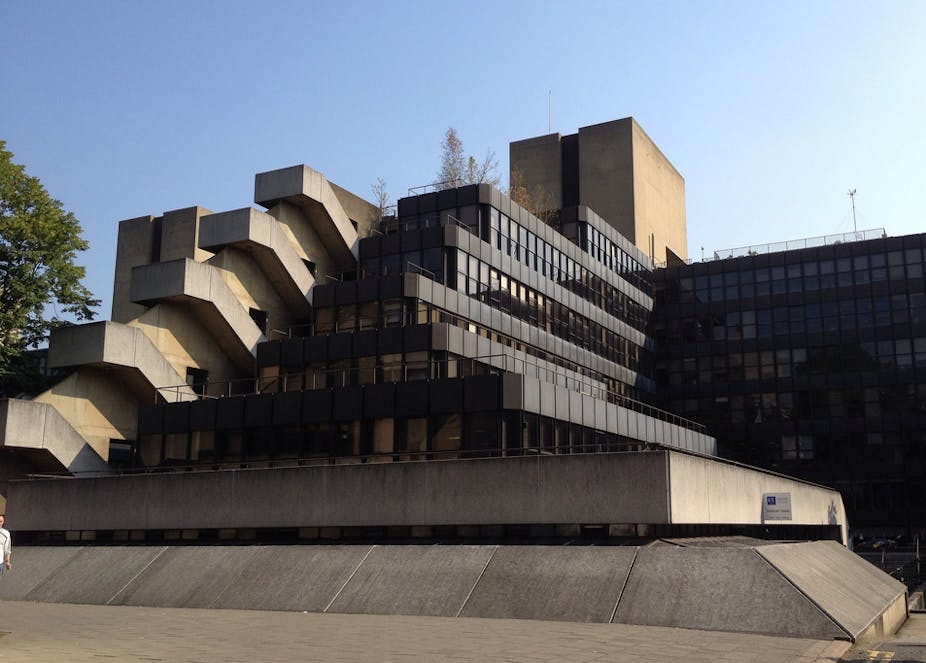There were mixed feelings at the Institute of Education last week, after it was announced that it was planning to merge with University College London (UCL).
In some ways, it was a particularly poignant moment for me, as someone who first joined the Institute as a Post Graduate Certificate of Education student in 1968, returned for my Master’s degree in 1972, joined the staff as a professor in 1992 and then spent more than ten years as the institute’s director.
Yet it does not mark the end of the Institute of Education, but rather the next stage in its development. Although the announcement seems to have taken some people by surprise, it is actually an extension of a strategic partnership that has developed between the two institutions over the past year or more.
The Institute of Education has already had a number of incarnations during its 112 years. It started life as the London Day Training College, a partnership between the London County Council and the University of London. In 1932, it became the University of London Institute of Education and was run for many years as part of the central university. It was only in 1987 that it was granted autonomy within the federal university, with its own royal charter and its current name of Institute of Education, University of London.
Economies of scale and reputation
As director of the institute during its centenary celebrations in 2002, I have a keen awareness of this history. But I also recognise that we need to respond to changing circumstances. Although autonomy helped us develop to where we are now, it limits our capacity to move to the next stage. We cannot benefit from economies of scale found in multi-faculty universities and, like other specialist institutions, we are heavily exposed to risk when public policy in our particular field changes.
In the international context, we spend a great deal of time explaining what the Institute of Education is. We also have to explain why it does not appear in mainstream league tables and why it cannot join the Russell Group of 24 leading universities.
We succeeded in persuading the China Scholarship Council that we should be on their approved list. But we know of other organisations that will not even contemplate supporting our students because, although we ride high in the QS subject rankings, we are not seen as a department of a world-leading multi-faculty university.
When I first became director, there was discussion of a possible merger with the London School of Economics. This had its attractions, as the two institutions had common Fabian roots and it would have created a formidable world centre for the social sciences. But while the Institute of Education is predominantly a social science institution, it also needs to relate to many other disciplines.
A few years later, we created a consortium of the various specialist colleges in Bloomsbury, which brought some academic collaborations. However, there was little appetite for greater integration.
Becoming a faculty in UCL makes geographical and academic sense. We share at least one building and we are in the same academic league. If the Institute of Education had been part of UCL in the 2008 Research Assessment Exercise, which measures the quality of research in the UK, UCL would have risen from 11th to 9th in the overall league table.
Furthermore, the institute – an overwhelmingly postgraduate institution – recently embarked on a significant expansion of undergraduate numbers. Rather than developing a whole new infrastructure for this, it makes sense to join with an institution that already has well-established undergraduate provision.
No need to lose the IOE brand
There are, of course, legitimate fears about loss of identity. But the Slade School of Fine Art and the Bartlett School of Architecture are strong brands within UCL, as is the Institute of Child Health, which itself joined UCL a few years ago.
Internationally, in our own field, the Ontario Institute for Studies in Education was successfully integrated into the University of Toronto, and the National Institute of Education in Singapore is part of Nanyang Technological University. Teachers College Columbia, perhaps our closest peer, is also part of one of the leading universities in the United States.
These institutions have a variety of different governance arrangements within their parent universities. It will be for the present management of the institute to secure appropriate arrangements within UCL, as well as proper protection for staff and students.
But, in principle, a merger need not be a threat to the vision and mission of the Institute of Education.
As one of my predecessors put it when we discussed merger a decade ago, the test must be whether the institute is better able to pursue its mission successfully as part of a multi-faculty university rather than alone. In my view, the balance of advantage has shifted significantly in the past 10 years.
UCL’s strapline is “London’s Global University”. The institute is already at the heart of London education and it is also a major international player in its field. The potential synergies are huge. Now we need to realise them in the Institute of Education, University College London.

